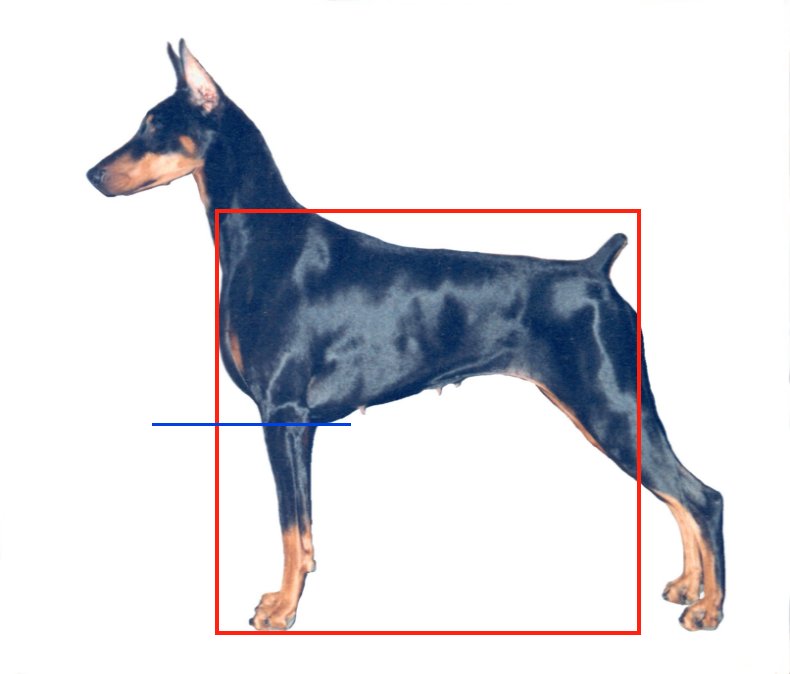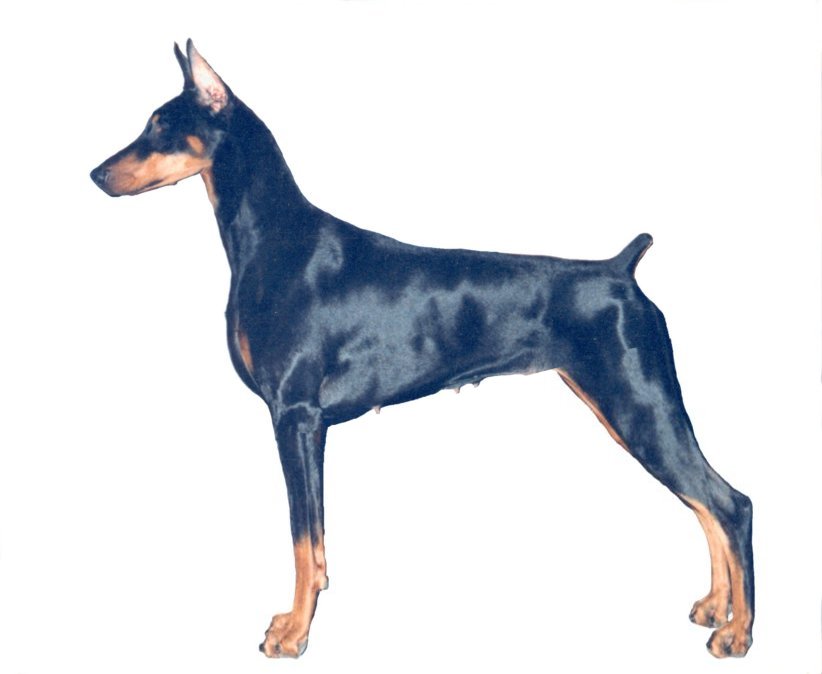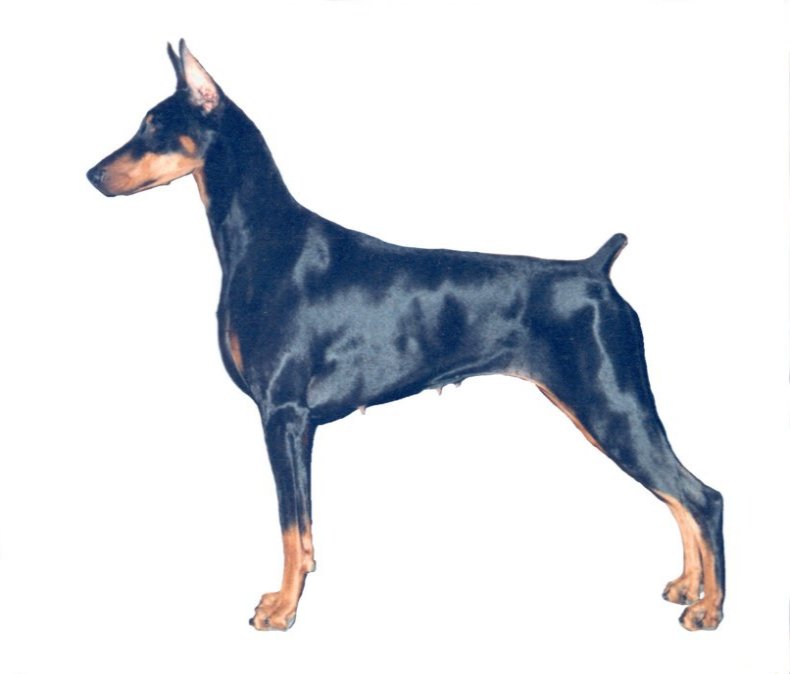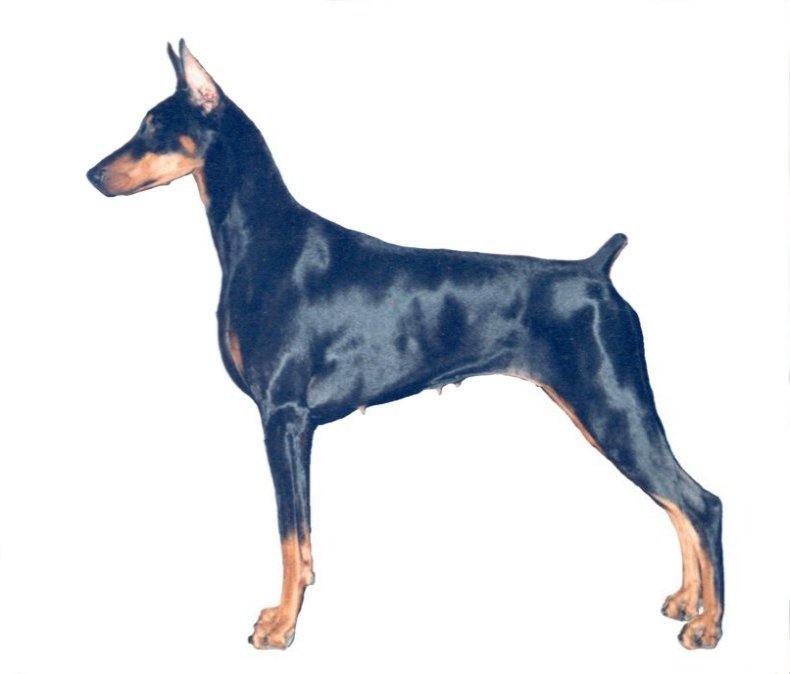As you can see, the descriptions in the standard are all based on “correct” proportions. For example, when you see a dog that has ski slope topline, you know that it is incorrect even if the back is a straight line from the wither to the slightly rounded croup. The straight line is based on correct proportions, not the incorrect proportions that may be on the dog you are observing. If the shoulder is very straight and the back is a straight line from the highest point, which may be not be the wither, then that line will be greatly exaggerated into the dramatically sloping line. If the rear is over-angulated in relation to the front, the rear may be lower causing a sloping topline, The standard is very exact and has a reason for every explanation. Why is fill and underjaw so important? The standard explains why. Is there anything the standard doesn’t address? Pigment is not mentioned anywhere. Other than that, if you wonder about something, go to the section of the standard that addresses it. The standard is a great reference. It clearly states what should be there. If you can’t find what you’re looking for in the section that describes it, then it’s a deviation, even if it’s something you really love! As Doberman judges it’s our responsibility to preserve the breed as it was meant to be, which is through application of the standard. Personal preference can fall within the standard and there is room for it in many sections. Some sections are so specific that we must learn to like what is correct. As breeders, exhibitors, and judges, we are responsible for preserving this great breed as it was meant to be – as our standard so specifically directs us.
(Test your eye for proportion below)
Check yourself
Which dog has the correct proportions, A, B, or C?
Dog A
|
Dog B
|
Dog C
|
|
|
|
Answer

Dog “B” is correct
Dogs A & B measure square, while dog C measures too short horizontally. Dogs A & C have more length of leg than depth of body. Dog “B” has the correct proportion of body depth to length of leg as well as measuring square.
Click the following links to read more articles in the “Dobermans in Detail” series:
- by Linka Krukar submitted by Marj Brooks


